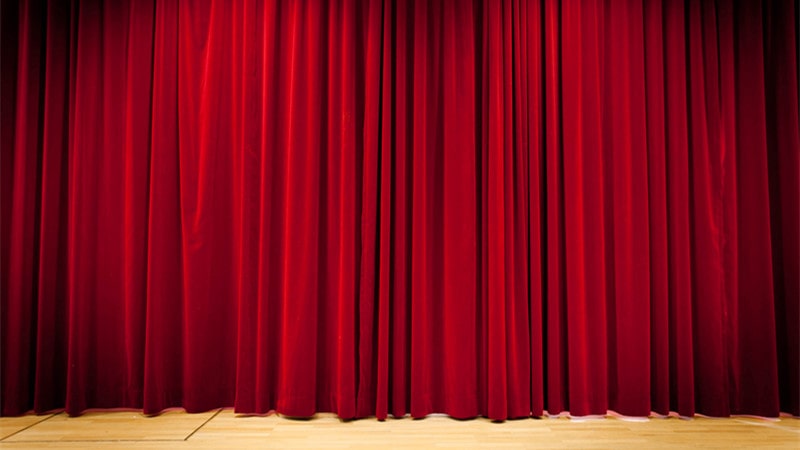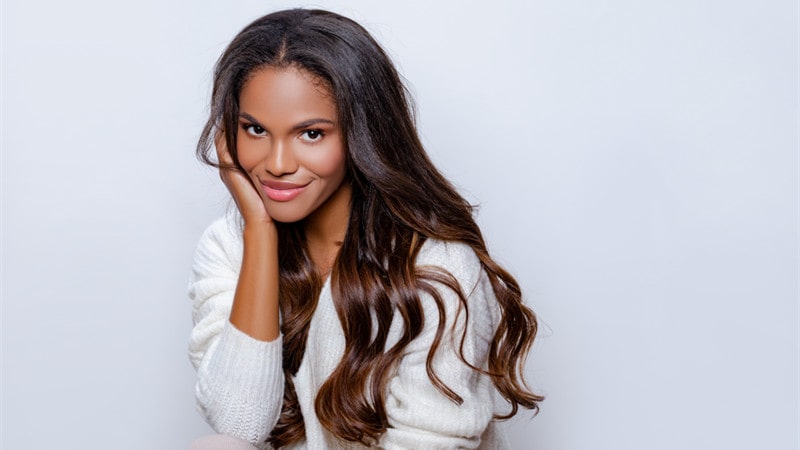To the casual fan of plays and stage shows, drape curtains may appear as “window dressing” for a theater or show venue. For a show producer or director, these large sheets of fabric aren’t just decor. They’re integral to the success of the production, helping to mask parts of the stage, establishing mood and atmosphere, controlling light and sound, and presenting dramatic reveals. Finding the right theater drapes is critical and here are some things to consider.
Knowing the Roles
Drape curtains frame the stage, but there are different types of curtains based on their location and purpose. Some common stage curtains include these:
• Front or main curtain: Also called a proscenium curtain, this refers to the main drapes that hang behind the proscenium or structure that frames the stage. In some theaters, a shorter valance is sometimes used at the top of the main drapes.
• Legs and borders: Legs are tall, narrow drapes that mask the wings of the stage where actors and sets are waiting to enter the stage. They’re usually parallel to the front curtain. Borders are short drapes hung above the stage, hiding lighting and other equipment.
• Travelers: Sometimes called draw curtains, these drape curtains open horizontally, revealing parts of the stage.
• Backdrops: Curtains used to display or project scenery are generally backdrop curtains and hang in the rear of the stage. Images can be painted or digitally printed on these sheets of fabric.
• Safety or fire curtain: Usually made of flame-retardant fabric, this curtain separates the audience from the stage. It is usually deployed in the event of a fire.
These various curtains serve different functions, which will determine the types of fabric that work best.
Finding the Fabrics
Now that you’ve thought more about the drape curtains you need, you can take a closer look at the types of fabric available. Functionality and aesthetics are the name of the game. Are you trying to mask something? Perhaps you need to control or block lighting. These are some common materials used for theater drapery:
• Velvet: A classic theater fabric, velvet curtains look luxurious and absorb light. It is often the go-to for front curtains. Duvetyne is a more affordable alternative that is more lightweight and ideal for smaller venues or lighter draping.
• Canvas: This cotton fabric is great for painted backdrops, offering durability and low maintenance.
• Muslin: Similar to canvas, muslin is more lightweight and easier to manipulate.
• Wool serge: This heavy, double-sided fabric is a great choice for curtains thanks to its sound-dampening and acoustic qualities. It is also inherently flame resistant, which is good for safety.
• Scrim: Also called gauze, this thin fabric is lightweight and translucent. It can be painted for backdrop use or have images projected on it.
Consider the use of other fabrics to achieve certain special effects such as special lighting or green screen technology.
Unveiling the Magic
Making onstage magic with drape curtains is essential to the success of any show. Don’t forget to plan for accessories such as curtain tracks to support heavyweight drapes.




